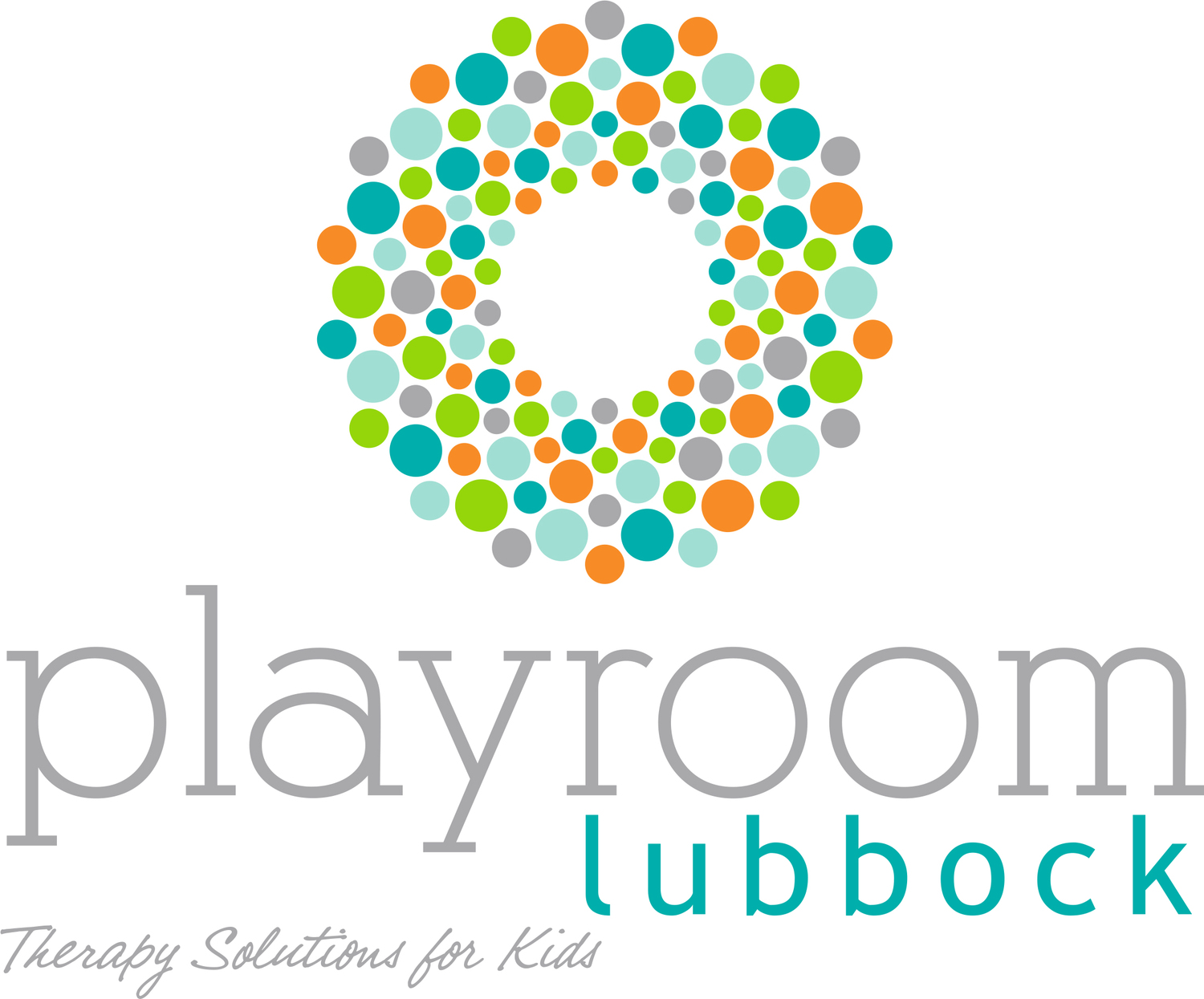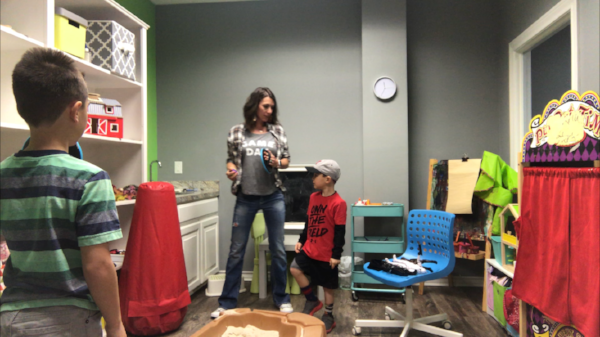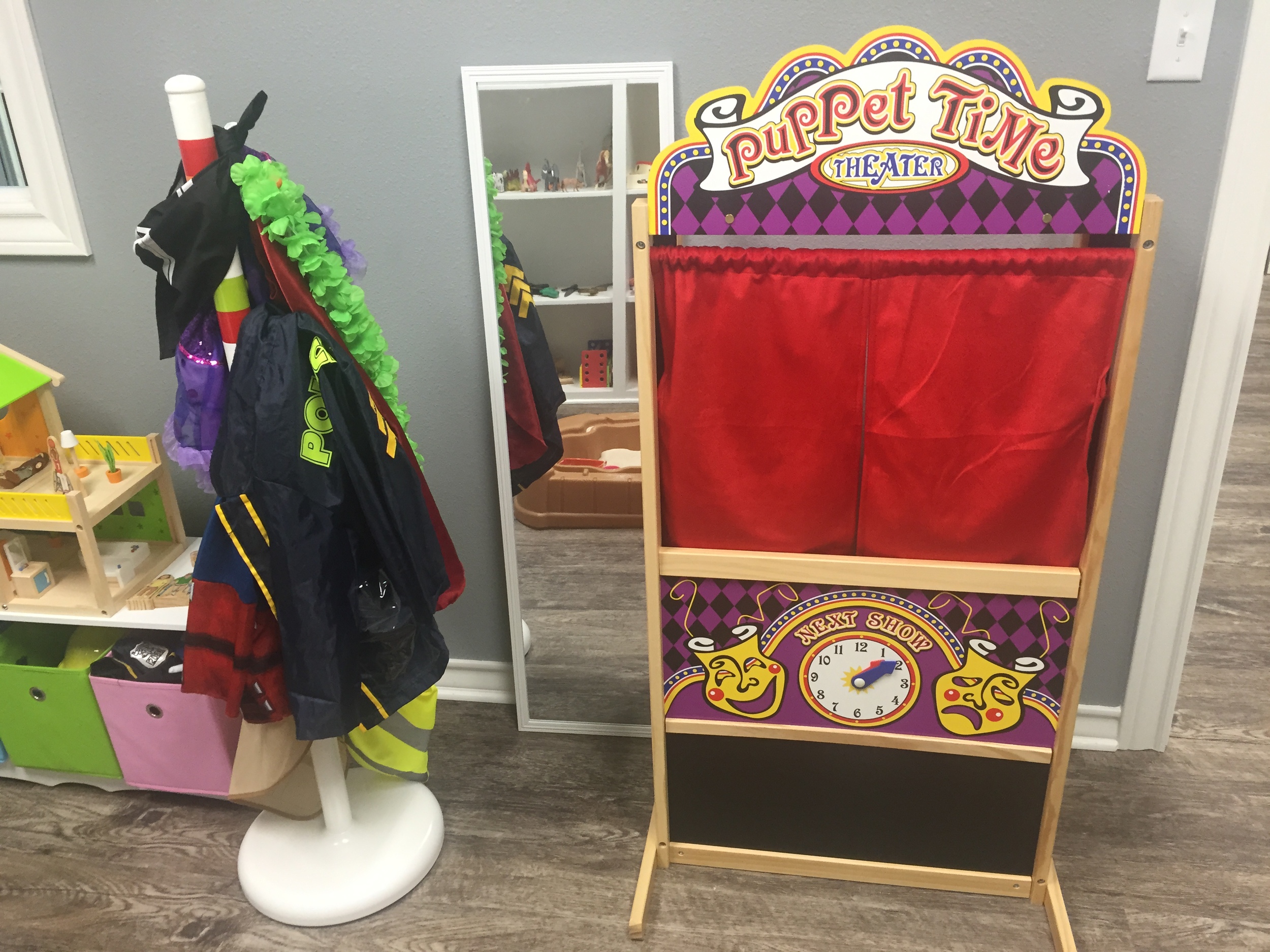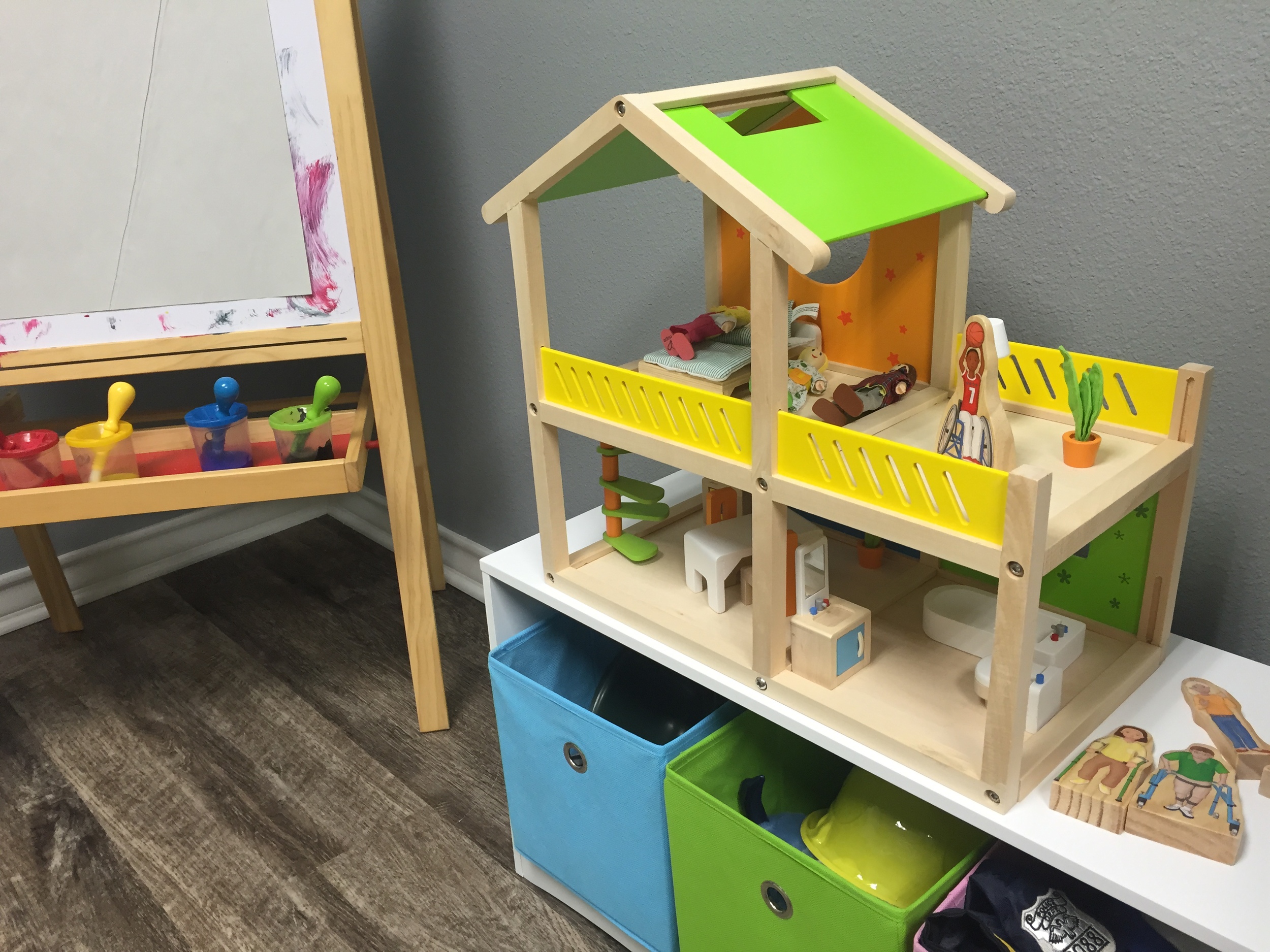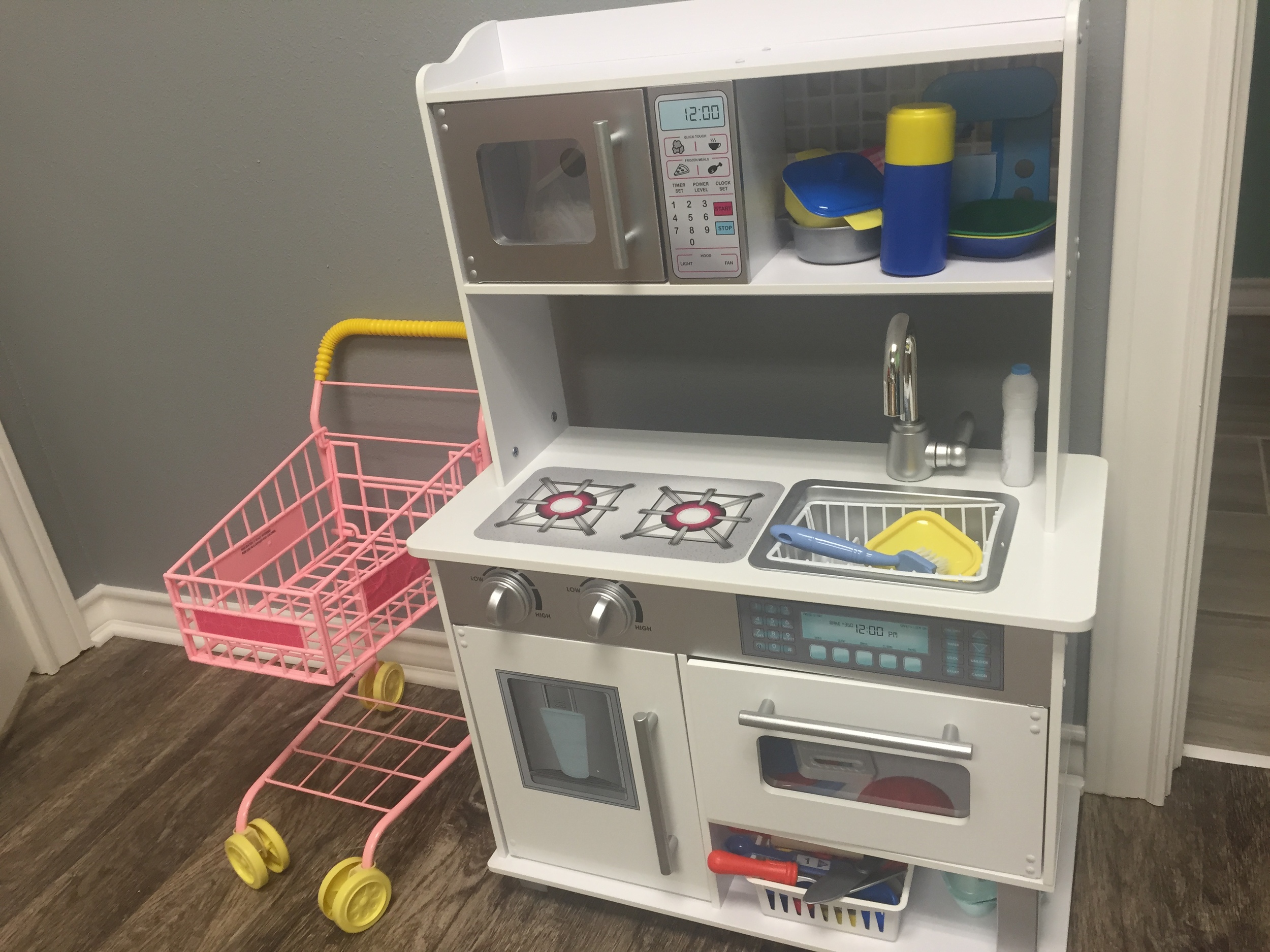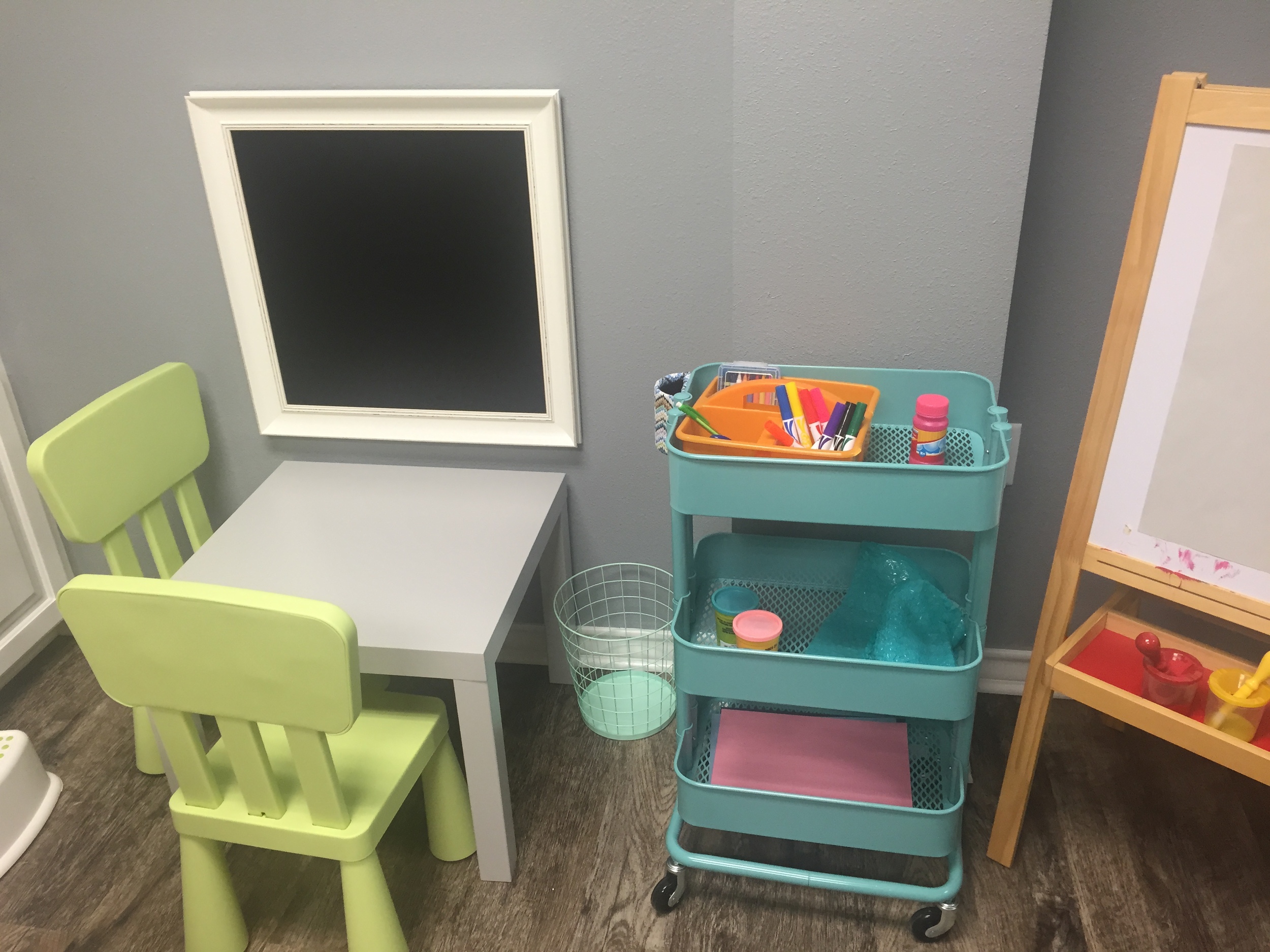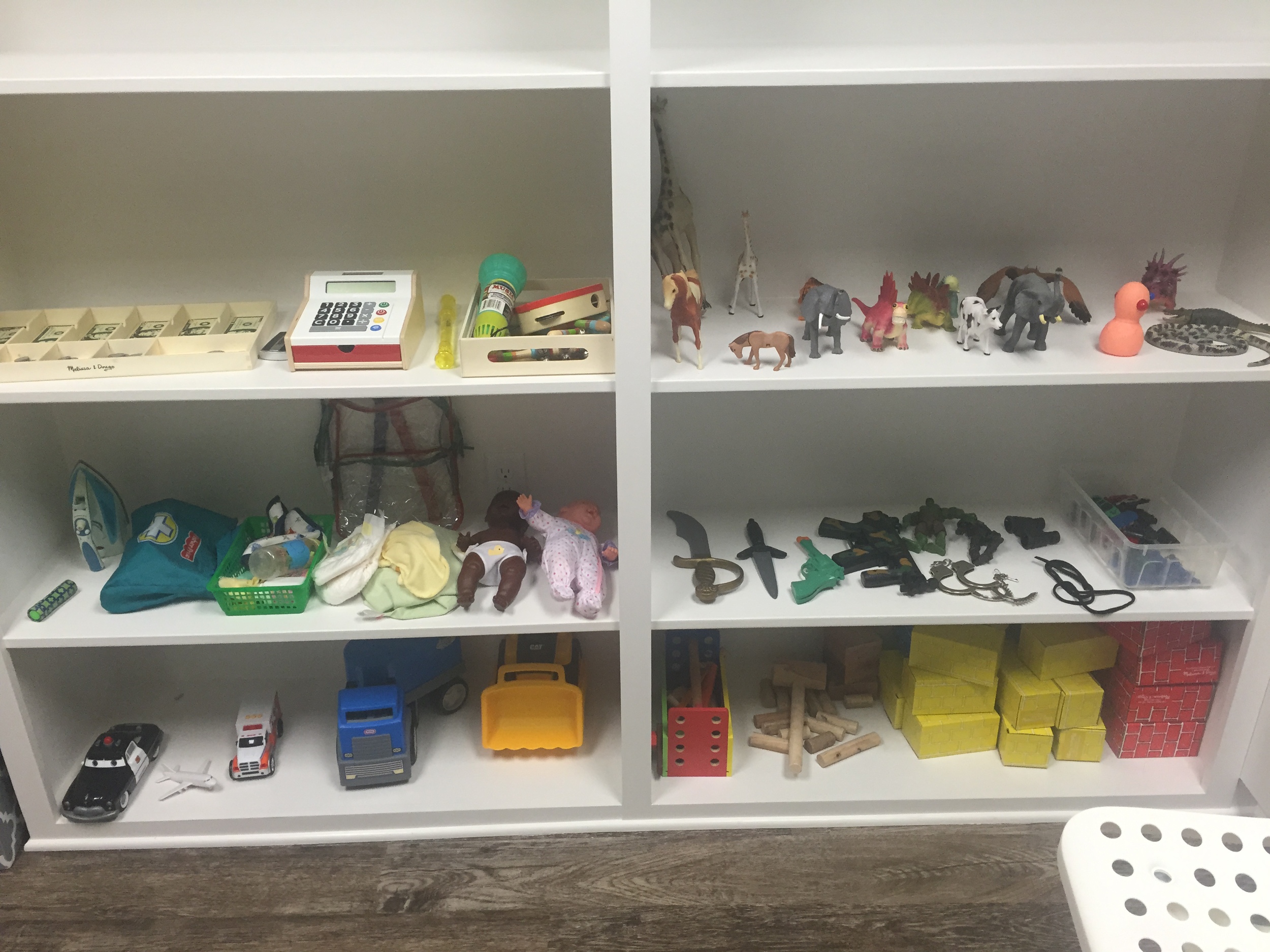Racing heart. Sweat. Labored breathing, Uncontrollable crying. Chest tightening. You feel like you're going to DIE. Your body is reacting to perceived danger in your brain. Your unconscious mind has picked up a signal that you are unsafe and your body needs to activate for protection. When your brain senses danger, a messenger relays that information to your amygdala from your brain stem before your cerebral cortex can process it and make sense of it logically. The message is Fight. Flight. or Freeze.
What are "threats" or "perceived dangers" to the brain?
1. Threats to basic human needs both physiological and safety needs. Not only are traumatic experiences threatening, but physiological and love needs can also trigger a response. H.A.L.T stands for Hungry, Angry, Lonely, Tired. Are you feeling any of these?
2. "Shoulds." The "shoulds" are expectations you tell yourself. I should be more...I should have done this...I shouldn't be like that...I should...I should...I should. Go ahead--start writing a list of your "shoulds" as you realize them. We all have the "shoulds."
3. The Unknown. The unknown can be frightening. The unknown of the future. Of the unexpected. Of how your body will respond. Of outcomes. Unpredictability. Really, the unknown can go on for infinity.
4. Contradictory Messages in the Environment: Mixed messages in an environment are threats to the brain. Double standards. Unpredictability. For example: A parent who either encourages or "forces" a child to do an activity, and then criticizes his effort. Or a partner who is a completely different person under the influence of alcohol.
5. Implicit Memories. These are memories that rise to the "surface" of the brain, although are not recognized as a memory. It is when something happening now stirs up a memory from the past when you felt similarly--even though the current situation may be completely different. There is no time stamp either. For example, a scent associated with a past event may bring about an emotional response, yet the individual is unaware that scent was associated with the memory.
Dysregulation vs Defiance
This physical response to a perceived threat is called dysregulation, and it happens to both children and adults. The difference for a child though, is typically, he/she does not have the tools and skills to express this intense whirlwind. He/she often shuts down or acts out in order to release or suppress that energy. What may look like defiance is actually a physiological response to perceived danger. Defiance is intentional and motivated by a desired outcome. Dysregulation is governed by the nervous system. Try telling a dysregulated nervous system that "there is nothing to be afraid of" or to simply "calm down." Or "he just needs a spanking." It's like sending an email through the mailbox in your front yard. You're sending a message through the wrong channels in the brain.
Symptoms of Dysregulation
We are all very much aware when a dysregulated individual is in a hyper-aroused state: Aggression, disorganized, alert, excessive motor activity, uncontrollable, irritable, anxious.
But, a hypo-arousal state looks and feels much differently. It's easier to misperceive. Tired, automatic obedience, appears life-less, non-expressive, numb, lack of motivation, isolated, helplessness.
